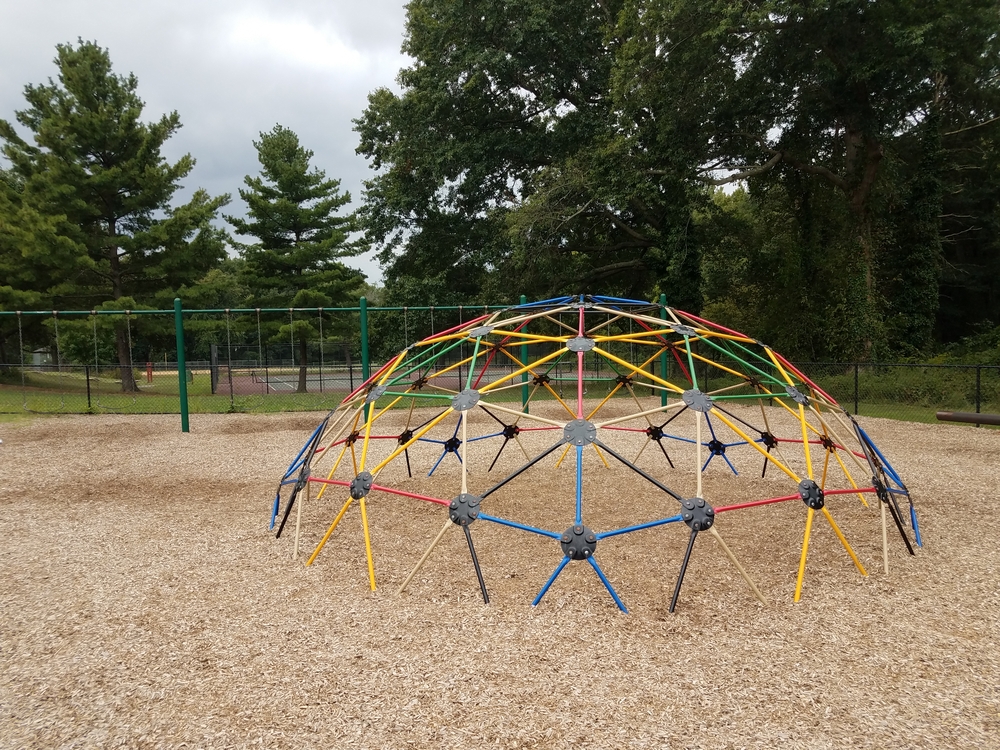The many uses of wood chips! Not only are they in abundant supply (from road crews, electric companies, and tree service companies) but they’re also easy and tempting to use them everywhere.
Here are the top places we’ve see them used.
Mulch with Wood Chips
Old, but classic. Wood chips accomplish two important goals for your plants: they help them retain water and stay warm. In addition, they suppress the growth of weeds in garden beds, making it easier for you to maintain them over time. Spread a layer of wood chips over the garden in fall to protect your plants from freezing temperatures and snow, and repeat in the spring to get it looking clean, sharp, and beautiful,. Be aware that you may need to add nitrogen fertilizer to supply the needs of your plants, and make sure to churn up or remove old mulch before remulching so your plants aren’t buried.
Wood Chips Can Be Used for Play Area Surface
Wood chips help cushion falls and provide a safe, nonslip surface for kids and the young at heart. Create a designated play area in your yard with wood chips, swings, and other supplies—but make sure you inspect it regularly and keep it in good condition to reduce the risk of injuries! The natural cushioning effect of wood chips makes them an ideal choice for playgrounds, reducing the impact of falls and creating a safe environment for children to play.
Composting Material
Wood chips contain a great deal of carbon, and they’re great for building up the soil. Just by using them as mulch, you’ll be improving the condition of your soil, but you can also add them to your compost as a carbon or “brown” layer. They’ll break down and enrich the dirt, making it that much more nutritious for the plants you spread it on. The slow decomposition process of wood chips adds structure and aeration to the compost, enhancing its overall quality and effectiveness in your garden.
Fuel
Like other wood products, wood chips can make great fuel, and they’re especially useful for fire starter and small, controlled fires. They’re also ideal for biomass reactors, which can be used to power engines in addition to providing heat. Wood chips are an eco-friendly alternative to traditional fossil fuels, offering a renewable source of energy for heating and power generation. Their versatility as a fuel source makes them valuable in both residential and industrial applications.
Walkways
Another classic use of wood chips is as a walkway substrate. They’ll even out the ground and provide weed suppression in the garden and lawn areas. Before you create a wood chip walkway, lay down a weed barrier to increase its lifetime. Be sure to remove any large debris regularly so it won’t trip people. The natural aesthetic of wood chip walkways blends seamlessly with outdoor landscapes, creating inviting paths that enhance the beauty and functionality of your garden.
Décor
If you’re working with dried or artificial flowers, try using wood chips in the vase to stabilize them and hold them upright. Wood chips are also used in the construction of furniture and works of art, where their variable color, shape, and pattern can create a great deal of visual interest. The unique textures and hues of wood chips can add a rustic charm to decorative projects, making them a popular choice for DIY enthusiasts and professional artisans alike.
Erosion Control
While wood chips are a temporary fix, they can address an area of the yard where erosion is occurring while you develop a long-term plan. Use them to create a barrier to prevent soil loss, especially during heavy rains or melting. By absorbing excess water and reducing runoff, wood chips help stabilize the soil and minimize erosion, protecting your landscape from further damage. Their biodegradability ensures that they will naturally integrate into the environment over time, contributing to soil health and sustainability.
Learn More About Wood Chips:

